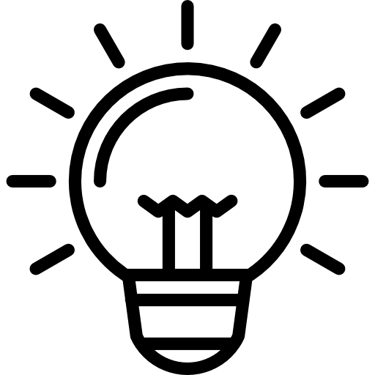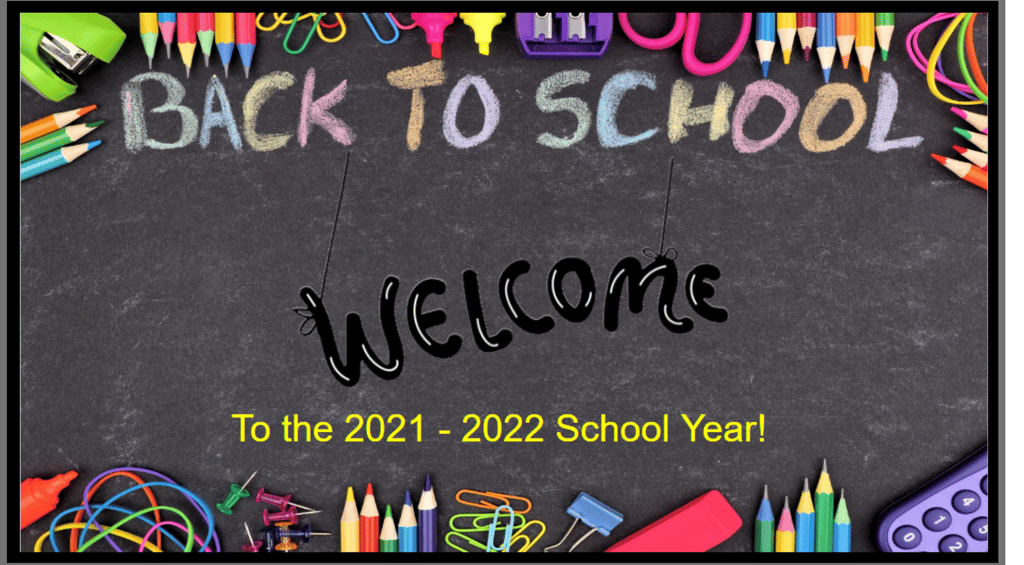

Curriculum Development
2022
Curriculum Creation - How to Write
From Sentences to Essays
Writing is tough.
Here's a look at the curriculum I wrote to break up this large task. It's color-coded, presented one step at a time, and manageable.
Students struggle to know how to organize their ideas in a written format. Here's an easy way to break down the writing tasks that helped students write formal essays, use sentence starters, transition words, interesting quotes, and research to create an interesting, persuasive, and informed essay. Narrative, persuasive and informative writing lessons are represented here.


Outlines are checklists.
While outlines may be boring, they act as a checklist for a student's ideas. They help students know what sentences to write, where to write them and the purpose for writing them.
Here's How it Starts
Any solid piece of writing starts with a strong sentence. In these lessons, students learn about the parts of speech, parts of a sentence, how to interchange words, the purpose of different types of sentences and how to expand them to include a great deal of information without being considered a run-on sentence.
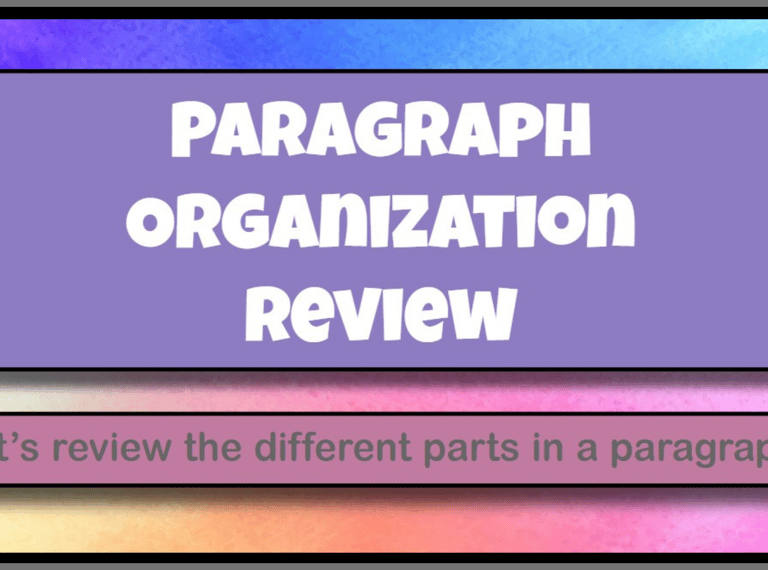

Sentences are used in Paragraphs
Combining grammar practice with sentence composition leads to organizing a group of sentences about one given topic into a cohesive paragraph. Students color-coded different parts of a paragraph, learned the purpose for each part of the paragraph and how to write them.
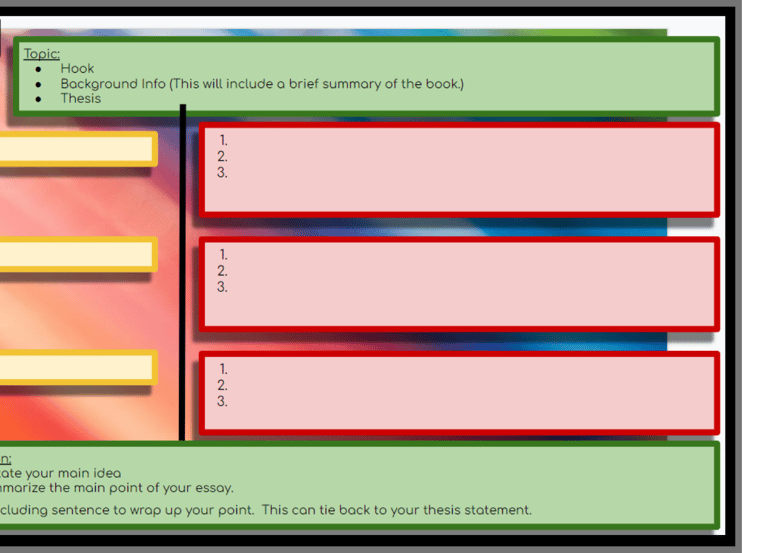

Only place to go is up!
After understanding the purpose of each sentence in a paragraph, students are introduced to essay writing. In this task, students use sentence frames, sentence starters and outlines to organize their thoughts.
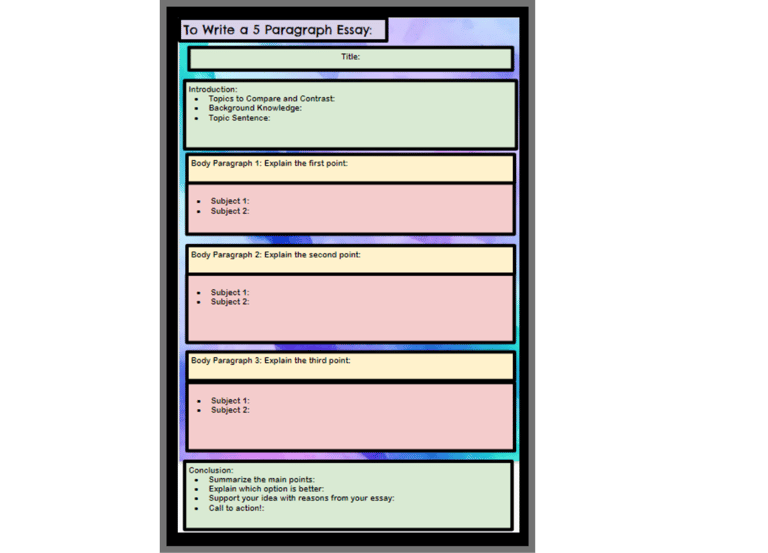

Outlines are important to organization.
As the students progress through this writing curriculum, their outlines mature into a standard format using abbreviated ideas. Because these ideas are taught and reinforced, students understand the purpose of each bullet point or idea. Through this understanding they can generate an interesting and organized essay.
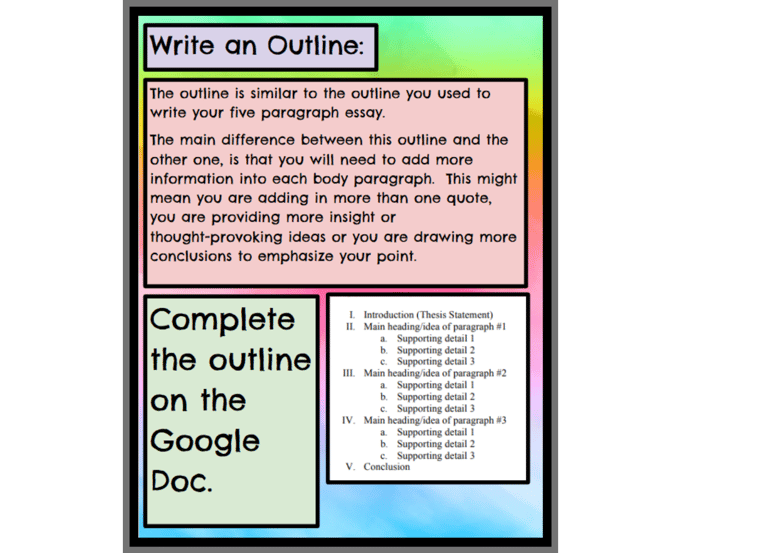

Research Writing
Layering ideas and tasks is essential to writing. The next layer students added in was research. Now they were responsible for creating the ideas, and finding reputable sources that agreed with their perspective. This introduced research reports and argumentative essays.

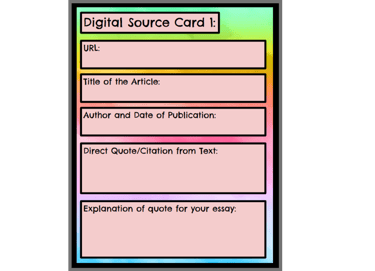
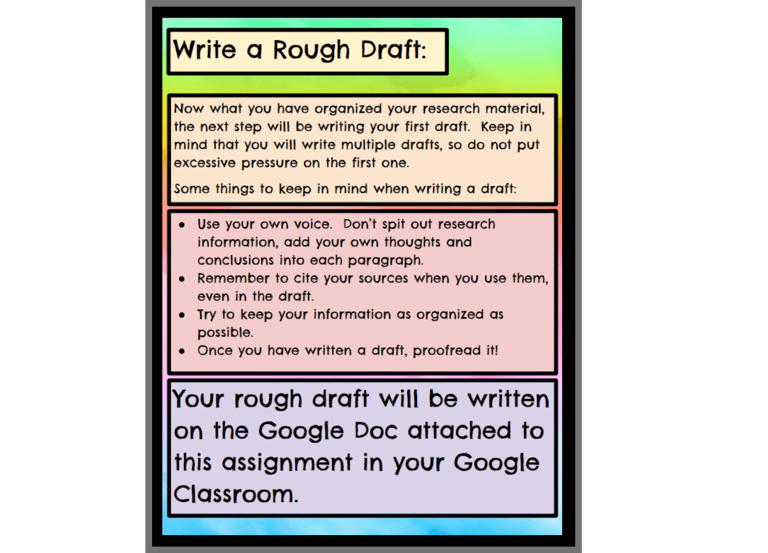

Put it all together!
After the outlines are compiled, research is complete, and the thesis statement was written, students were given the task to write the essay. This was the rough draft for each writing assignment. Based on the requirements for the style of writing, students were shown how to connect their ideas, use transition words and learned how to proofread their work.
In the end...
After peer reviewing, editing, revising and proofreading their essays, students finally had a completed essay to publish. They published these on digital tools to share with other students and their parents.
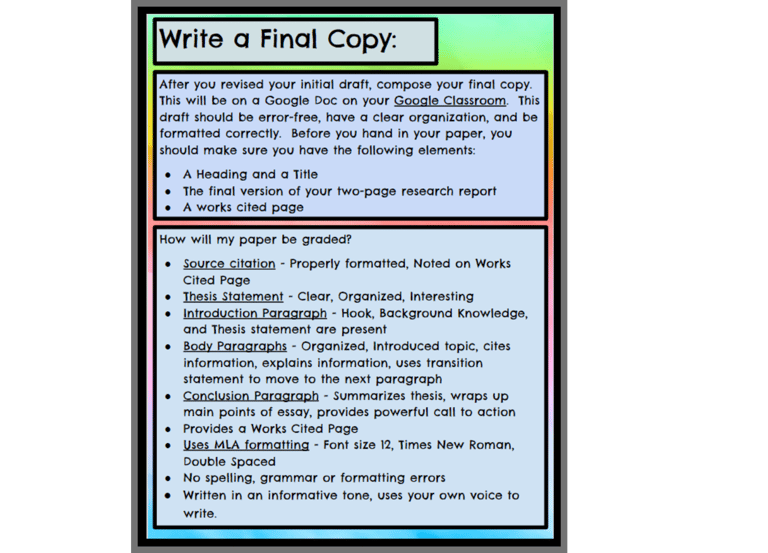

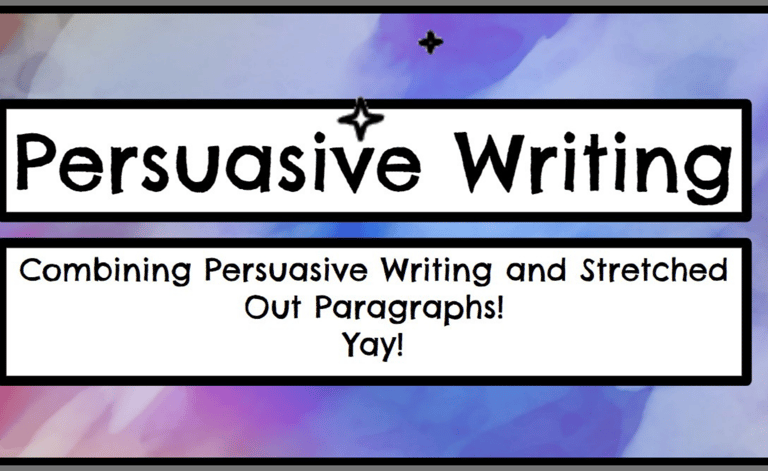

Yes, writing is tough. But, it doesn't have to be impossible.
The same organization-driven activities were used to teach students how to write argumentatively, using strong research, and creatively in their narrative selections. Students who were not able or who were hesitant to write before, walked away from this school year with a new perspective on writing. They now know they can write, and that they can be successful at writing.
Here are a few of the other mini units I created to help students learn to write in different styles.

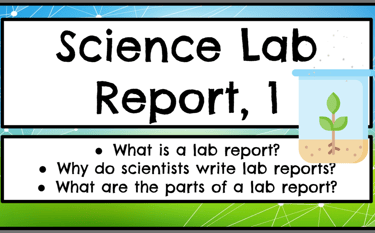
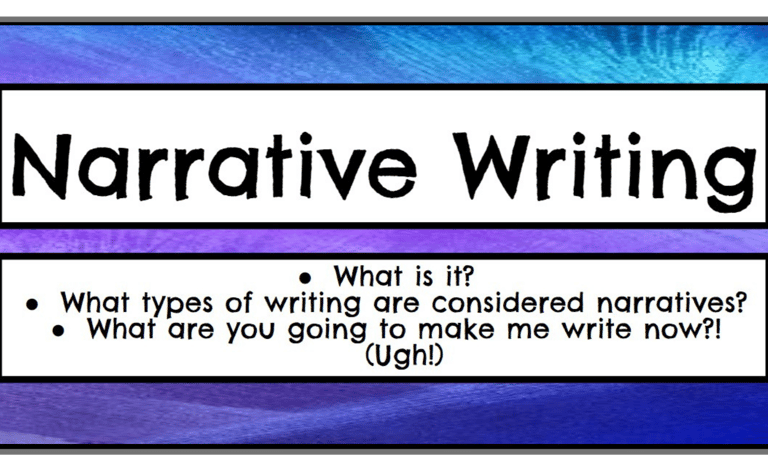

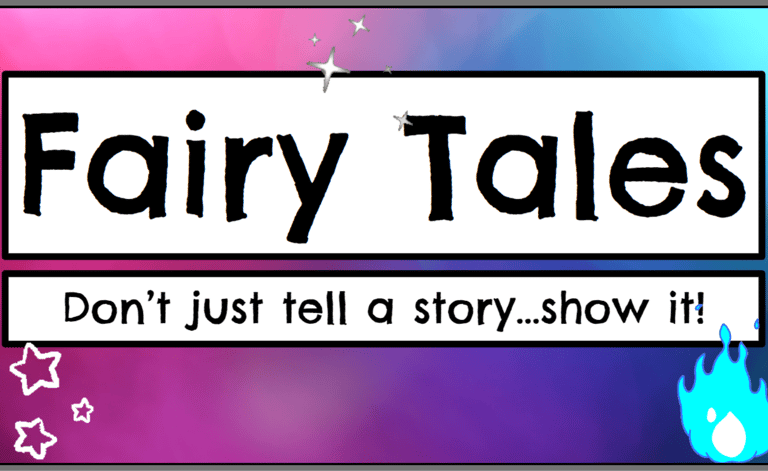

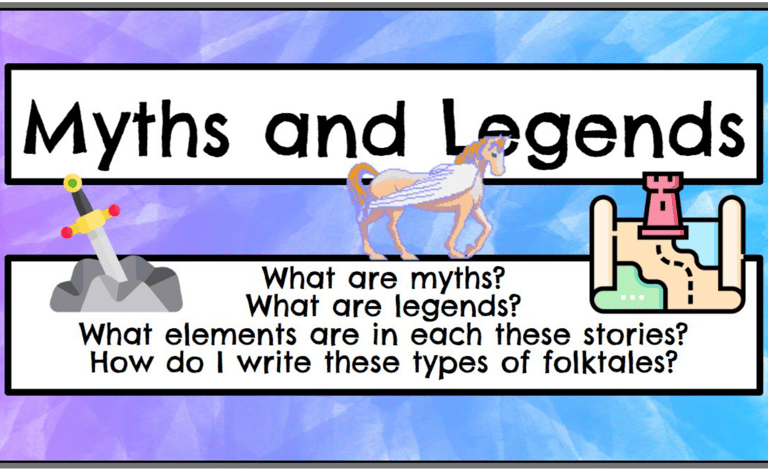

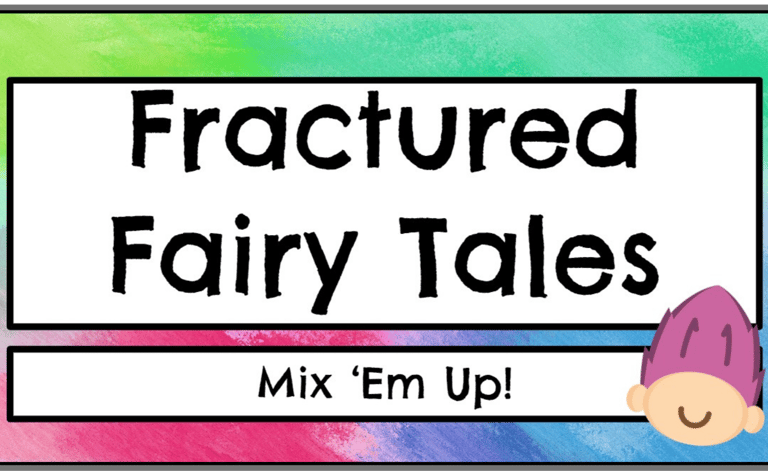

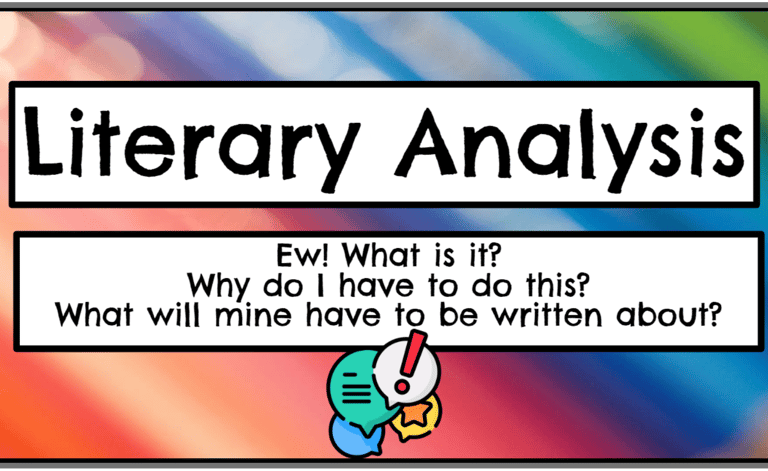

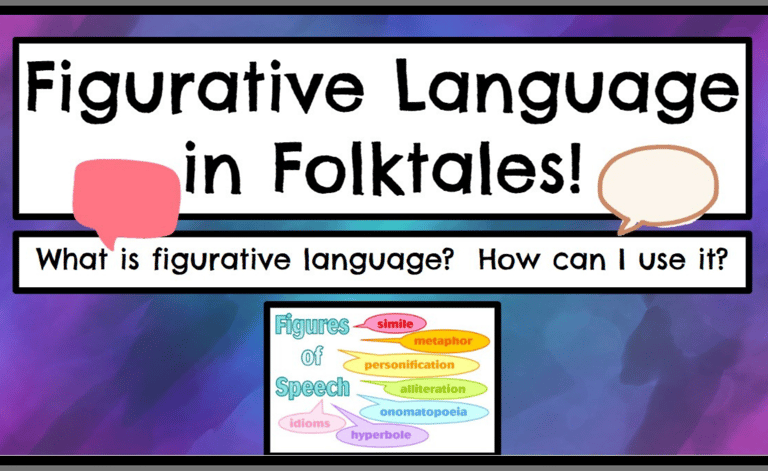



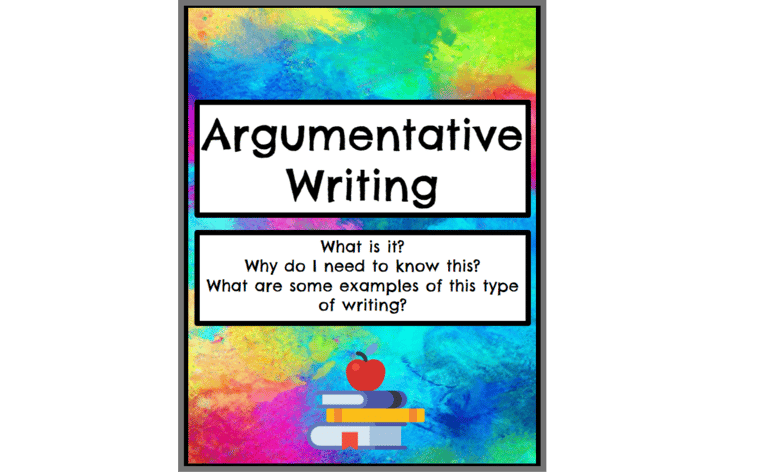


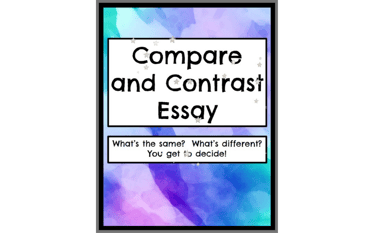
But, what's next?
I want to help your company break down large tasks, organize them in a way that makes sense to the learner and make these lessons more exciting!
I'm looking forward to continuing my instructional design journey outside of the classroom!
